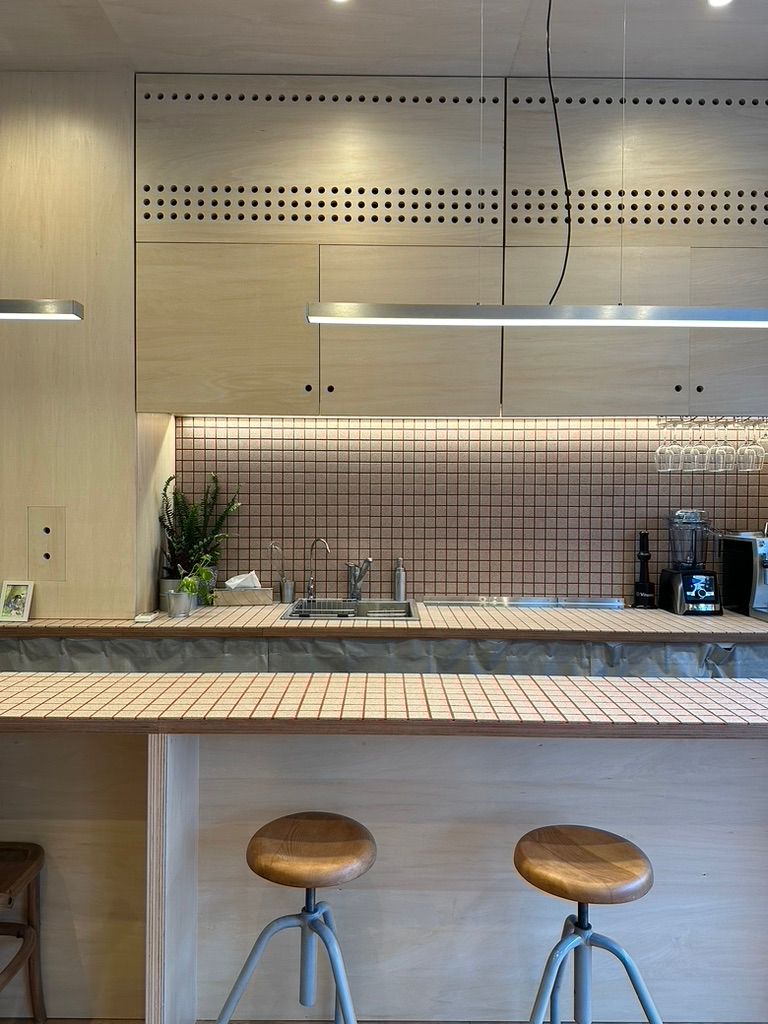Café Lulu is a project in Tokyo that has been built on the ground floor of an international school. Its purpose is to be used by the kids for lunch but now also as a bar or reception area for the parents and teachers in the evening. It is composed by one main part with a fake grass carpet where the children play and the newest addition to the side entry; a bar area.


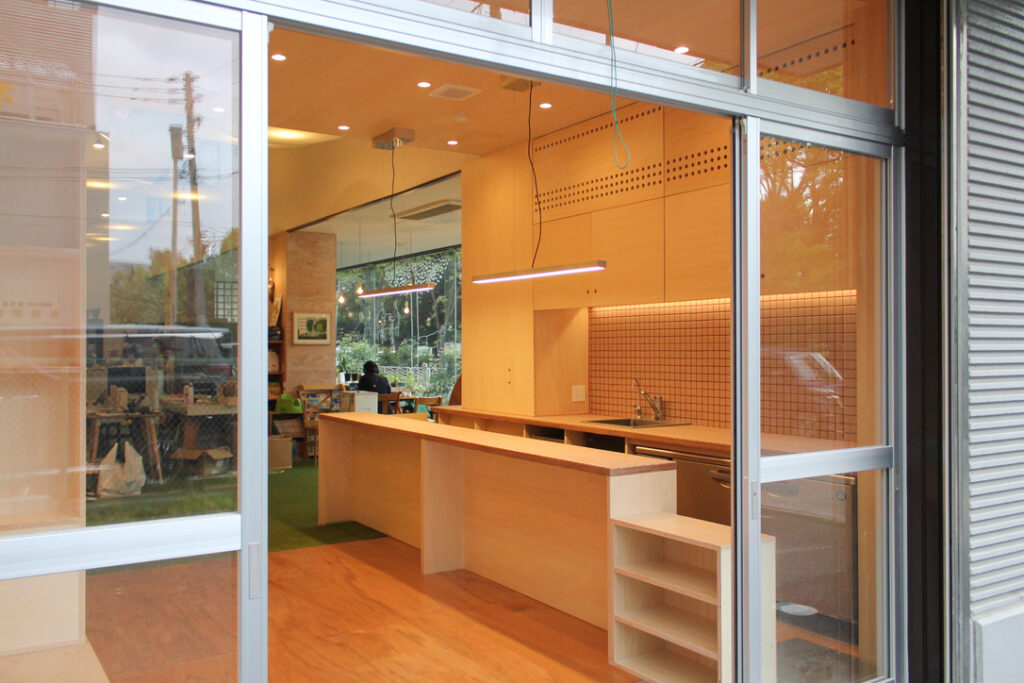
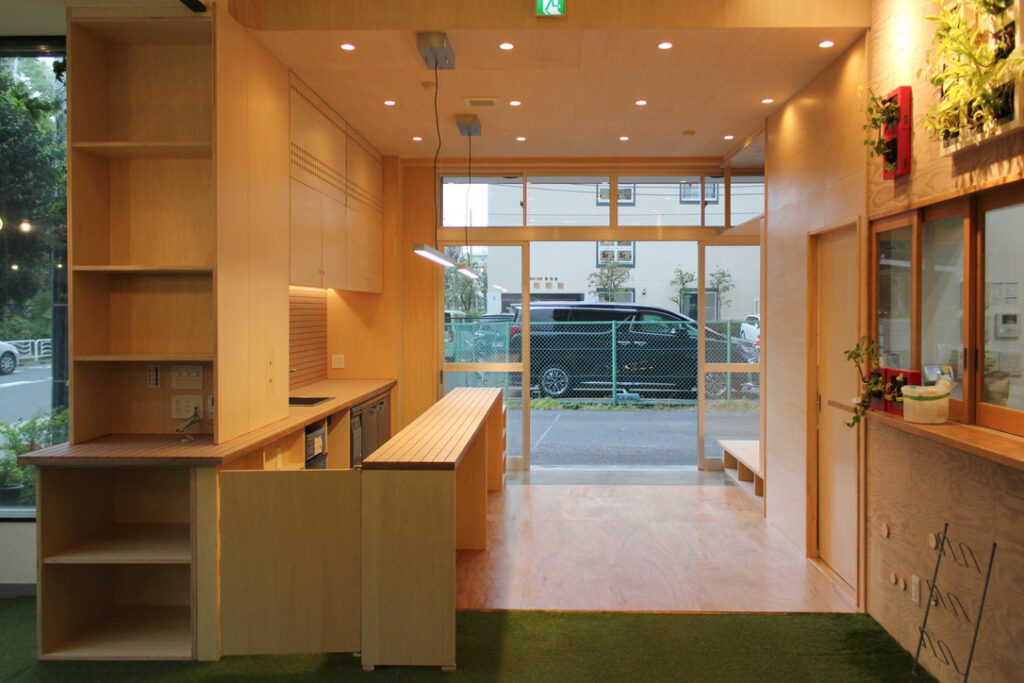
We will analyze the acoustic properties of the space and evaluate if the space is acoustically adapted to its functions. In order to evaluate it we will look at the reverberation time, the speech transmission index and the clarity (C-80). In order to get a better understanding of the space we will take two measures; one where source and receiver are in the bar area and one where the source stays in the bar area but the receiver moves to the larger space.
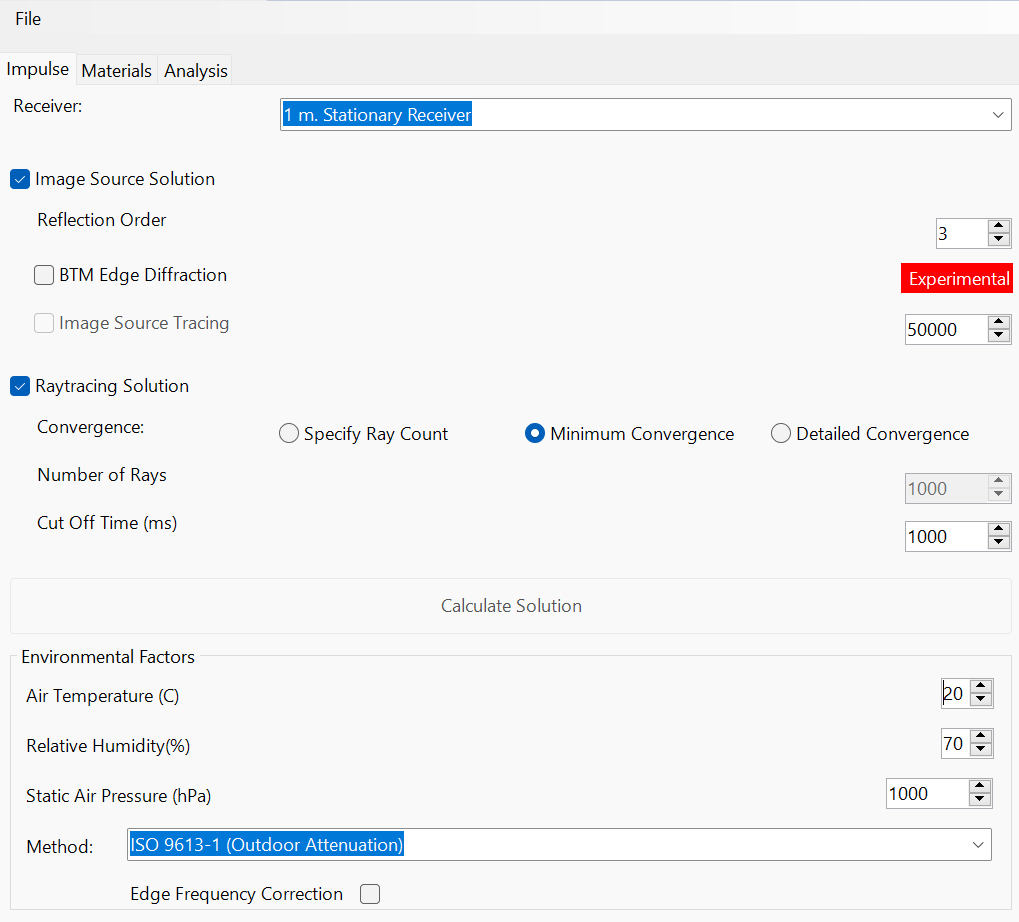
Results
Situation 1
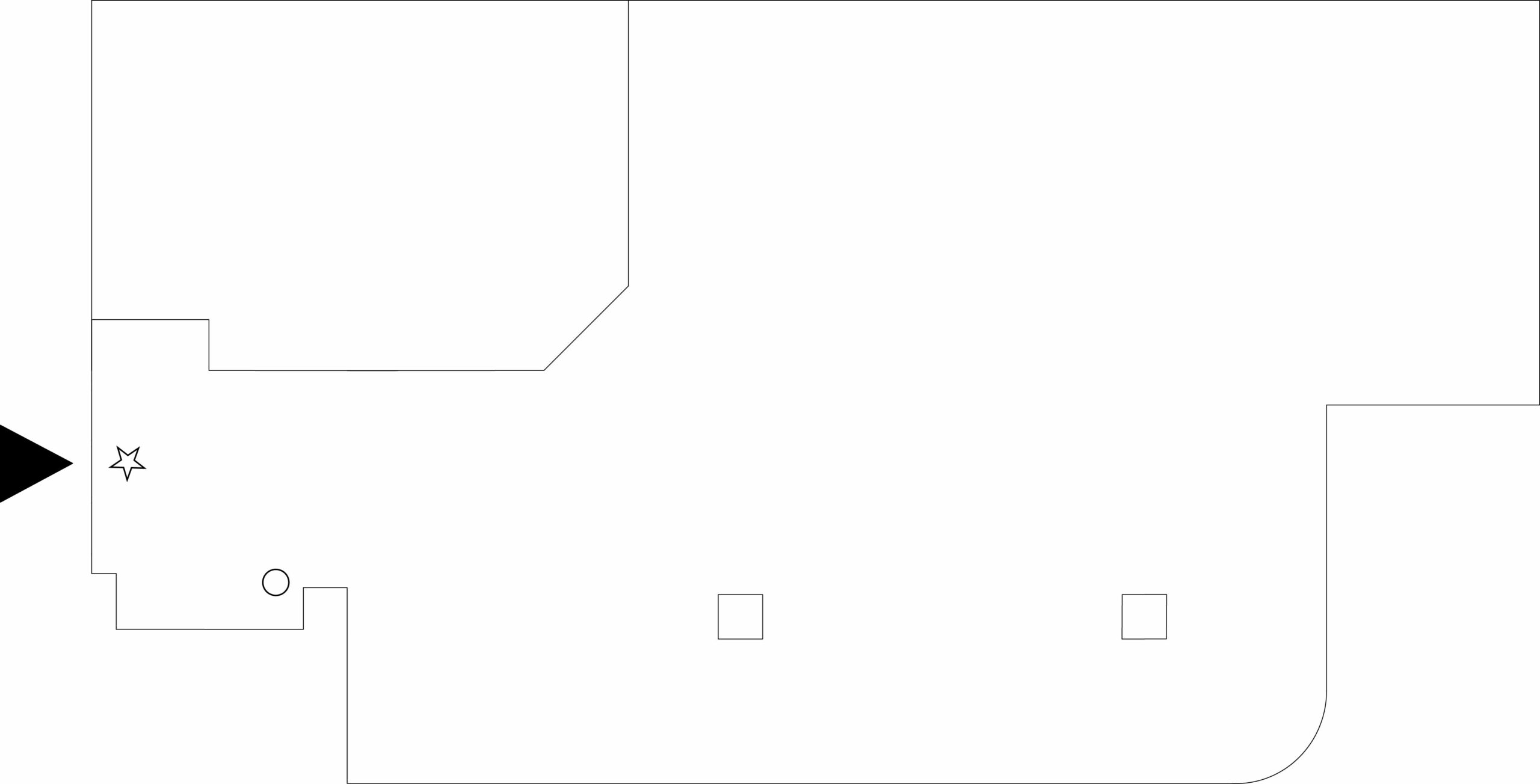




Situation 2





Analysis
Reverberation time: Reverberation time (RT30) is the time it takes for sound to decay by 30 decibels in a given space after the sound source has stoppedis.
In both cases inside the norm for the uses of the pace. In situation 1, we fin a reverberation time of around 1.5 s for the frequencies of speech wich is a bit too high for the elementary classroom so it could get a bit noisy inside the space if there are a lot of children. In situation 2, it is around 1.4s which again is too high even for bar which shouldn’t go above 1.2s. Therefore, some acoustic absorbers should be put in place to improve the space and lower the T-30. Those results could though be too high because the model isn’t complete with all the furniture and wall decorations. These could also have a big influence on the reverberation time.

Volume of the space = 224,4 m3
For such a space the reverberation time should be around 0.8s for a good understanding of speech.
STI: is a measure of speech intelligibility that evaluates how effectively speech can be understood in a given environment, ranging from 0 (bad) to 1 (excellent).
It is also in the range of the norm in both situations. For an elementary school you would need a value of 0.6 and above and for a bar area a value in between 0.45 and 0.6 are acceptable. In situation, 1 we found an STI of 0.73 and situation 2, we found 0.62. Therefore both measures are in the satisfaction range of the spaces. In the bar area the value is even higher which is probably due to the fact that it is almost a wooden box and has a a glass facade. The second measure is probably lower because the source is further away from the receiver than in situation 1 and also because the sound has ton propagate through a bigger space with carpet.
Calrity C-80 : The clarity index (C80) measures the ratio of early sound energy (arriving within the first 80 milliseconds) to late sound energy in a room, expressed in decibels, indicating the clarity of speech or music.
The values measured for the frequencies of the voice are between 1.97 dB and 10.78 dB which is sufficient for the rooms use, knowing that for a general speech understating a value between 0 and 4 dB is needed.
Conclusion
The space is adapted to both its uses from an acoustical point of view. Of course, we should also test it with a more precise 3D model but unfortunately that wasn’t possible due to technical difficulties. We could have modeled all of the movable wooden furniture in the bigger open space to get a more precise conclusion. In addition, we could also measure the influence of the number of people in the space to see how it influences the acoustical qualities of the space. Maybe if the bar area gets too crowded or the room room is filled with elementary students we would get other results for the STI and clartiy.
Sources
Course slides
SIA181
Boehm, Michael, and Wolfgang Probst. ‘Application of the Speech Transmission Index (STI) for Planning Communication Areas’, n.d.

